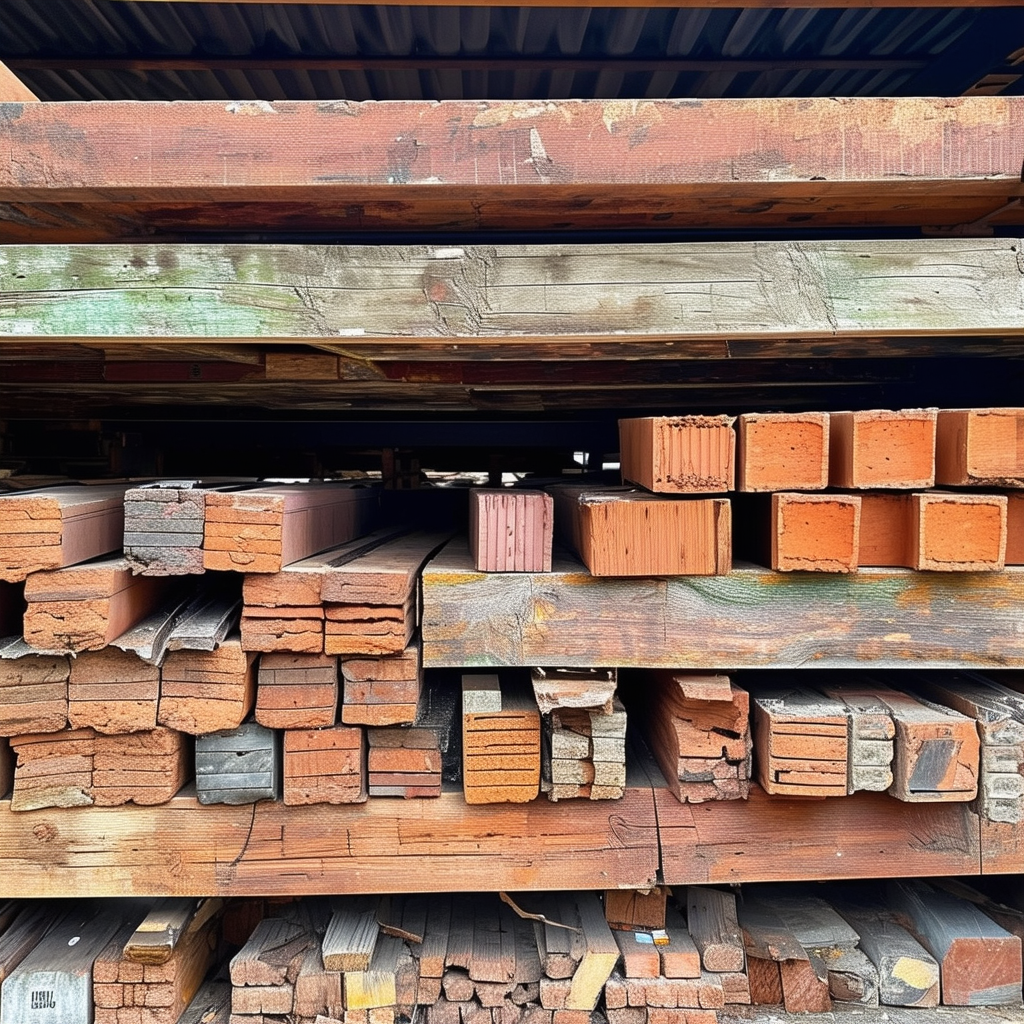According to most economic perspectives, buying online from small businesses directly is more...
Where to Find Salvage Construction Materials Near You

Discover the benefits and sources of salvaged construction materials that are both eco-friendly and cost-effective.
Why Choose Salvaged Construction Materials?
Choosing salvaged construction materials is a smart decision for various reasons. Firstly, it can significantly reduce your project costs. Professional resellers offer reclaimed materials at a fraction of the price of new ones, allowing you to save money without compromising on quality. Additionally, opting for salvaged materials can save you time, as these materials are often readily available and do not require the long lead times associated with ordering new materials.
Furthermore, using salvaged materials is an environmentally responsible choice. By reusing materials that would otherwise end up in landfills, you are reducing waste and conserving natural resources. Many salvaged materials also boast superior craftsmanship and intrinsic value compared to their modern counterparts, adding unique character and durability to your construction projects.
Top Places to Find Salvaged Building Materials
If you are looking for high-quality salvaged building materials, Moses B. Glick, LLC is an excellent place to start. Specializing in selling reclaimed materials, Moses B. Glick, LLC offers a diverse range of products both online and at their retail location in Fleetwood, PA. Whether you are in need of I-beams, reclaimed wood, bricks, or other structural materials like steel sheeting and mesh, they have an extensive inventory to meet your needs.
Shopping with a reputable reseller like Moses B. Glick, LLC ensures that you are getting materials that have been carefully inspected and are suitable for reuse. They provide detailed descriptions and images of their products online, making it easy for you to find exactly what you are looking for, no matter where you are located.
What to Look for When Selecting Salvaged Materials
When selecting salvaged materials, it is important to consider several factors to ensure you are making a wise investment. Firstly, inspect the structural integrity of the materials. Look for any signs of damage, rot, or wear that could affect their performance in your project. Avoid materials that are compromised or require extensive repairs, as this could negate the cost savings of using reclaimed materials.
Secondly, be aware of potential hazards such as lead paint or asbestos, which are commonly found in older materials. Ensure that any salvaged materials you choose are safe for use and comply with current building codes and regulations. Lastly, consider the aesthetic appeal and historical value of the materials. Salvaged materials often have unique characteristics that can add charm and authenticity to your project. While Moses B. Glick, LLC thoroughly screens the materials we resell, other vendors may not.
Creative Uses for Salvaged Construction Materials
Salvaged construction materials offer endless possibilities for creative and unique applications. Reclaimed wood can be used to create stunning feature walls, custom furniture, or rustic flooring. Vintage doors and windows can be repurposed as room dividers, headboards, or decorative elements in your home.
Architectural salvage items, such as antique fixtures, ironwork, can be incorporated into both interior and exterior designs to add character and charm. The versatility of salvaged materials allows you to think outside the box and create one-of-a-kind pieces that reflect your personal style and commitment to sustainability.
Tips for Working with Salvaged Materials
Working with salvaged materials can present unique challenges, but with the right approach, you can achieve excellent results. Firstly, plan your project carefully and measure materials accurately to ensure they fit your intended space. Salvaged materials may come in irregular sizes, so be prepared to make adjustments or modifications as needed.
Secondly, clean and prep the materials properly before use. This may involve removing old paint, sanding surfaces, or treating the materials to prevent deterioration. Lastly, be patient and flexible. Salvaged materials require a bit more effort and creativity, but the end result is often more rewarding and environmentally friendly.



.jpg?height=200&name=LOT%2018%20(2).jpg)